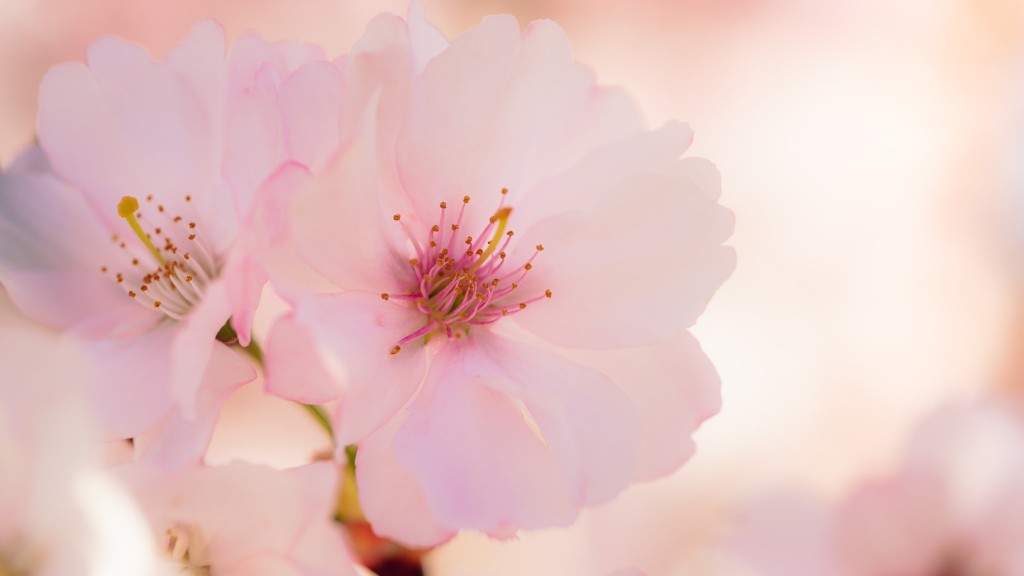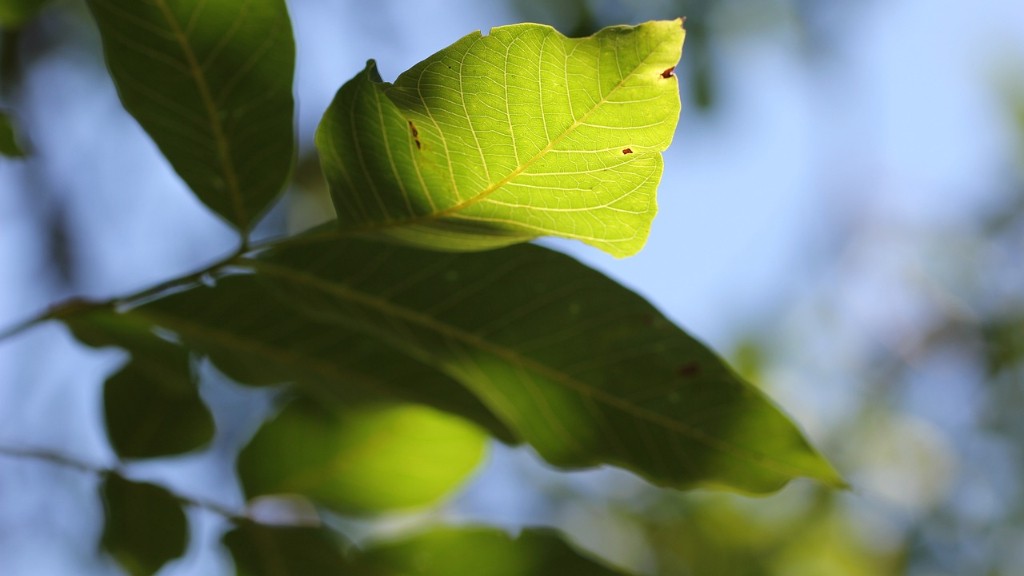Homeowners who have a bing cherry tree in their yards know of its beauty, sweet and juicy fruit, and, unfortunately, its pruning challenges. In order to have a cherry tree that continues to thrive and produce delicious cherries, pruning is an essential part of the tree’s health. The goal of pruning is to give the tree an even shape, encourage new growth, and limit size. It may seem intimidating at first but with the right tools and techniques it’s easier than it sounds. Here is a guide on how to prune a bing cherry tree correctly.
Understand Its Lifespan
One important factor in pruning a bing cherry tree is understanding its lifespan. Most cherry trees have a limited lifespan, with most living only 20 to 25 years. People should be careful not to over prune their tree or they may shorten its lifespan and stunt its growth. Since cherry trees produce best during the first 10 to 15 years of their life, it’s important to keep this in mind when pruning to ensure a healthy lifespan.
Choose the Right Tools
Cherry trees require special tools when pruning. Pruning shears and hedge clippers are the two most important tools you need. Pruners should have sharp, curved blades, and the hedge clippers should be lightweight so they are easier to use. It’s a good idea to also have a brush saw for cutting larger branches. A sturdy ladder is also essential for reaching higher branches.
Prune at the Right Time
Pruning a bing cherry tree at the right time of year is important for the longevity of the tree. The best time to prune is during the late winter or early spring months, when the tree is still in its dormancy phase. Pruning while the tree is dormant allows the cherry tree to be exposed to the full effects of the spring season, resulting in healthier and brighter buds in the summer. It’s important to note though, that if the weather is too warm, pruning should be put off until the fall.
Remove Dead or Dying Branches
The first step in pruning a bing cherry tree is to remove any dead or dying branches. Dead branches are easy to spot since they are usually discolored and not just bare. Branches should be cut off at the base and disposal of the branches is important for the overall health of the tree. It’s essential to pay attention to branches that are crossing over one another, since these could eventually lead to disease.
Trim the Longer Branches
Once the dead and dying branches are taken care of, the next step is to trim the longer branches. This should be done carefully, making sure not to cut too much or too closely to the branch. It’s important to leave some length to the branch so that it is still able to photosynthesize. The angle of where the branch is cut should be slightly away from the center of the tree, so that water and nutrients can still reach the branch.
Shape the Canopy
Shaping the canopy is key to making the cherry tree look neat and even. This is done by trimming back the ends of the branches that are too long. Care should be taken to not take off too much as this can weaken the branch. It’s important to leave some space between the branches so that light can get through to each branch.
Fertilize Regularly
In order for the pruning to be effective, the tree needs to be in optimal health. One way to help ensure the health of the cherry tree is to fertilize it regularly. During the growing season, fertilizer should be applied every two weeks. Fertilizer with a higher amount of phosphorus is best, as this will encourage flowering and fruiting of the tree. It’s also important to water the tree generously after applying the fertilizer.
Don’t Over Prune
Although pruning is an important part of a cherry tree’s health, it’s important to not over prune. Over pruning can weaken the tree and leave it vulnerable to disease. Therefore, it’s best to limit pruning to only what is absolutely necessary. If unsure, it’s best to consult with a tree care specialist, who can advise on the best ways to prune a bing cherry tree.
Tie Up Branches and Twigs
Once finished pruning, it’s important to tie up any loose branches or twigs. This is done to ensure that the tree grows in an even manner and all the branches are secure. Loose branches can easily break off in high wind, leaving the tree exposed, so tying them up is an essential step in pruning.
Protect the Tree After Pruning
After pruning a bing cherry tree, it’s important to protect the tree from pests, diseases, and cold temperatures. Mulch should be applied around the base of the tree to help protect the roots from temperature swings. Pesticides, if necessary, should be applied to the tree to keep insects, like aphids and spider mites, away. Also, a fungicide should be used to reduce any diseases that the tree may be exposed to, such as fire blight.
Pest Control
In order to keep a bing cherry tree healthy, it’s important to keep pests away. There are a few common pests that can damage cherry trees, such as aphids, spider mites, and caterpillars. To control these pests, it’s important to keep the tree well-trimmed and pruned. Pesticides can also be used if necessary. Biological control methods, such as releasing beneficial insects, can also be used to keep pests away.
Maintain Regular Trimming
Regular trimming of a bing cherry tree is essential for keeping it healthy. To maintain its shape and encourage new growth, the tree should be trimmed a few times a year. Dead and diseased branches should be trimmed away, and the growth of the tree should be monitored to ensure it is not too full. Pruning should also be done in the late winter and early spring, to ensure the tree gets enough sun and nutrients.
Inspect for Diseases and Fungi
Regular inspection of a bing cherry tree is important for identifying any diseases or fungi that it may be afflicted with. Common diseases of the cherry tree include fire blight, shot hole disease, and black knot. It’s important to inspect the tree on a regular basis and prune away any infected branches. Pruning should also be done to thin out the tree and avoid overcrowding.
Provide Adequate Water and Sunlight
Adequate water and sunlight are essential for the health of any bing cherry tree. The tree should be watered once or twice a week during the summer, or whenever the weather is dry. Providing enough water to the tree is important for keeping it healthy, and for maximizing fruit production. The tree should also be planted in an area that gets at least 8 hours of sunlight a day for optimal growth and fruiting.
Apply Compost or Organic Fertilizer
Compost or organic fertilizer should be applied to a bing cherry tree once or twice a year to promote growth and encourage healthy fruit production. The compost or fertilizer should be worked into the soil around the tree, ensuring that it gets to the root zone of the tree. Fertilizer should also be applied in the late winter or early spring, as this is when the tree will be more likely to absorb its nutrients.
Watch Out for Aphids and Other Pests
Aphids and other pests can be a problem for bing cherry trees. It’s important to check the foliage regularly for signs of pests. If pests are found, taking steps to control them is important for keeping the tree healthy. This can be done by removing infested branches and spraying the tree with a pesticide. Beneficial insects can also be used as natural pest control.


